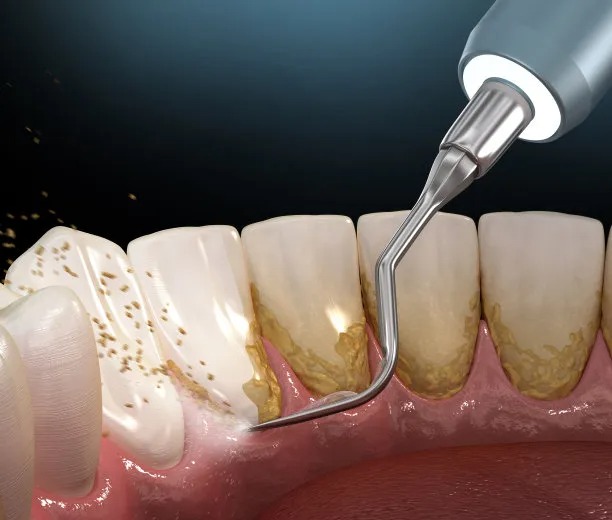Essential Guidelines and Precautions to Consider Before and After Dental Filling Procedure for Optimal Oral Health
Summary: Dental fillings are a common procedure aimed at restoring teeth damaged by decay. Prior to the filling procedure, diligent preparation can greatly enhance the outcome and minimize discomfort. Aftercare is equally crucial for ensuring long-term success and maintaining optimal oral health. In this article, we delve into essential guidelines and precautions to consider before and after a dental filling, covering aspects such as pre-procedure preparation, understanding the types of fillings, recognizing aftercare needs, and determining when to seek a dentists help post-procedure. Each section provides practical tips and insights to help patients navigate their dental journey effectively.
1. Preparing for Your Dental Filling Appointment

Before undergoing a dental filling procedure, its important to communicate openly with your dentist. This allows you to address any concerns or questions you might have about the filling process. Discussing your medical history, including allergies and other medications, will enable your dentist to provide the safest and most effective treatment.
Additionally, prepare for your appointment by ensuring you have a reliable mode of transportation. If you will be receiving sedation or anesthesia, its advisable not to drive afterward. Arranging for a friend or family member to accompany you can alleviate anxiety and allow for a stress-free post-appointment experience.
Another key preparation step is maintaining proper oral hygiene before your visit. Brushing and flossing your teeth will not only contribute to a healthier mouth but also help in identifying troubled areas that require immediate attention during the filling process.
2. Understanding the Different Types of Fillings
There are several types of dental fillings available, and understanding these can help you make informed choices during your appointment. Composite resin fillings are popular for their natural appearance and ability to blend with the color of your teeth. They are ideal for visible areas; however, they may not be as durable as other options.
Another option is amalgam fillings, made from a mixture of metals. Amalgam is known for its strength and longevity, making it suitable for areas that undergo significant pressure, such as molars. While not aesthetically pleasing, they are often more cost-effective.
Glass ionomer fillings, made from a glass and acid solution, release fluoride, which can help protect teeth. This type is generally used in areas not subjected to heavy chewing and is often chosen for pediatric patients due to its ability to bond chemically with tooth structure.
3. Post-Procedure Care for Dental Fillings
Once the dental filling has been placed, the right aftercare can make all the difference. First and foremost, its advisable to wait until the numbness from the anesthesia subsides before eating or drinking. This prevents accidental bites of the cheeks or tongue, which can lead to additional injury.
After the procedure, you may experience some sensitivity for a few days. This is normal, especially if your filling was in close proximity to the nerve. Over-the-counter pain relievers can help alleviate any discomfort, but you should consult your dentist if the pain persists.
Maintaining rigorous oral hygiene practices after your filling is crucial. This includes brushing at least twice a day and flossing daily. Be mindful of the filled area to ensure plaque does not accumulate, as it can lead to further decay or complications.
4. Recognizing When to Seek Further Dental Help
After your dental filling, its essential to monitor the area for any unusual signs or symptoms. Immediate attention is warranted if you notice persistent pain, swelling, or an adverse reaction to temperature changes, which could indicate a failed filling or further dental issues.
Your dentist should inform you about the expected lifespan of your filling. If it becomes loose or falls out, it is crucial to contact your dentist right away to prevent decay or structural damage to the tooth.
Periodic dental check-ups are also essential in determining the condition of your filling and overall oral health. Regular visits to your dentist will help ensure that any potential problems are identified and addressed promptly, ultimately prolonging the life of your filling.
Summary: To achieve optimal oral health post-dental filling, meticulous preparation and thoughtful aftercare are vital. By having proper conversations with your dentist, understanding filling options, maintaining diligent aftercare practices, and being vigilant about recognizing issues, patients can enjoy a successful dental experience. An informed approach ultimately enhances the longevity of fillings and contributes to overall dental health.
This article is compiled by Vickong Dental and the content is for reference only.


